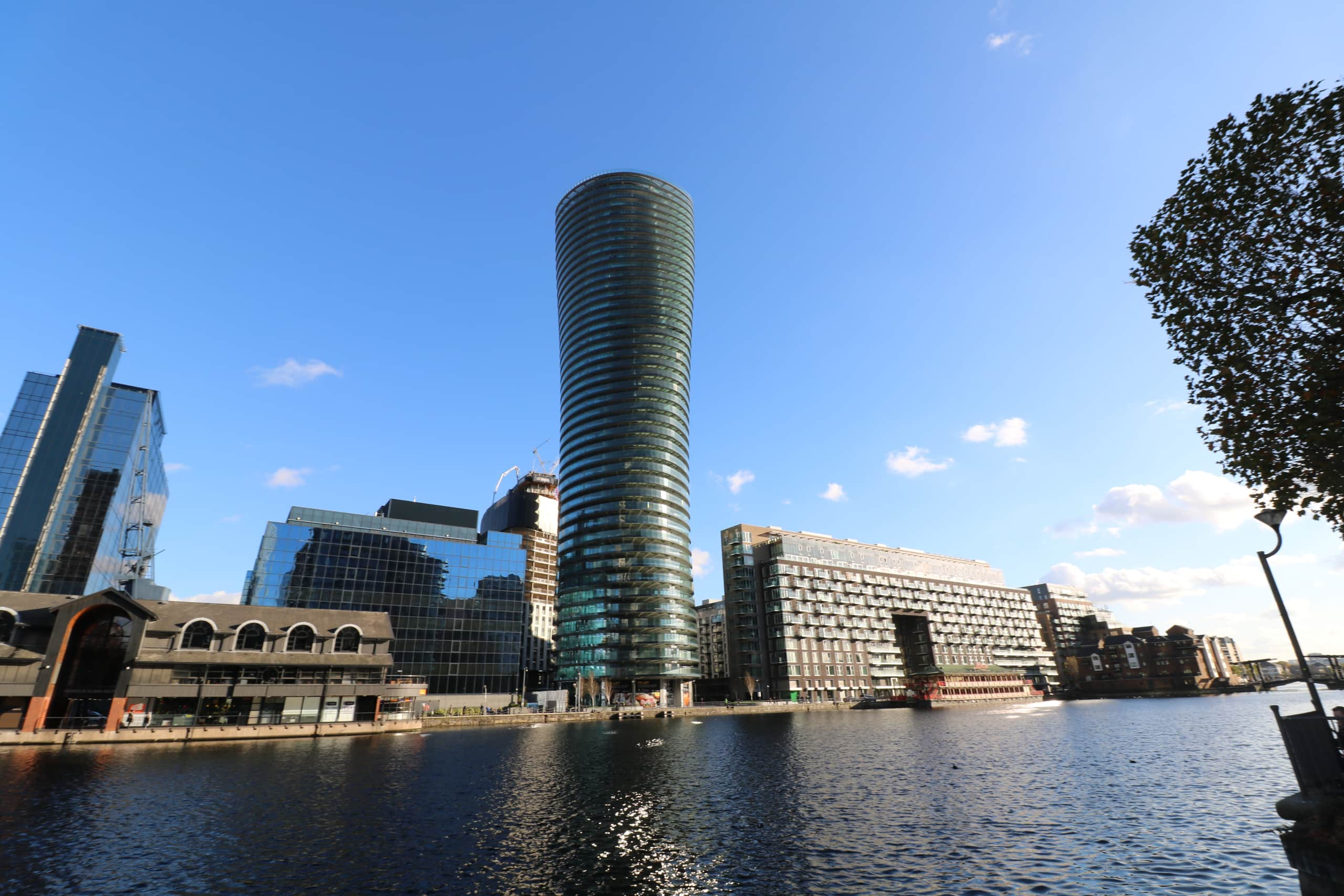Integrating Circular Economy Principles into Dutch Balcony Design
The construction industry is taking a proactive role in integrating sustainable plans and practices into its business operations. This transformation not only positions it as an advocate and practitioner of environment-friendly principles but also empowers it to significantly reduce the environmental footprint that construction has been leaving behind.
Application of the circular economy in construction will set the pace for future growth, further reinforcing this sense of responsibility. Central to circular economy principles are strategies that focus on waste reduction, material reuse, and resource recycling aimed at promoting sustainable and efficient resource utilisation.
High-rise balconies, often overlooked in sustainability discussions, hold immense potential to embody these principles. Reimagining their design, materials, and construction methods enables transforming balconies into sustainable components of urban architecture. In this article, we take a closer look at how high-rise balconies can integrate circular economy principles to minimise waste and advance sustainability.
The Circular Economy in the Netherlands
The Netherlands is at the forefront of the global shift towards a circular economy. The country’s commitment to sustainability is reflected in its ambitious goals and comprehensive strategies aimed at minimising waste and maximising resource efficiency. According to ‘The Netherlands Circular by Design’, an article on renewable matter, the Dutch government has set a target to become fully circular by 2050, with an intermediate goal of halving resource use by 2030.
Key to this transition is collaboration among government bodies, industry leaders, and the public. Policies such as extended producer responsibility, incentives for using recycled materials, and stringent waste management regulations support this vision. The construction sector, in particular, is a focal point for these efforts, given its significant impact on resource consumption and waste generation.
In urban areas, implementation of circular economy principles is visible in various innovative projects. From retrofitting existing buildings with sustainable materials to designing new structures with modular components, Dutch architects and builders are pioneering new ways to reduce environmental impact. High-rise buildings, with their extensive use of materials and complex structures, offer unique opportunities to integrate these principles, making every component, including balconies, part of the circular system.
Designing High-Rise Balconies With Circular Economy Principles
Use of Recycled Materials
Using recycled materials in balcony construction is an integral part of our strategy to reduce waste and conserve natural resources. Traditional construction methods have relied heavily on virgin materials, which deplete natural resources and generate significant waste. In contrast, recycled materials require less energy to produce and help in diverting waste from landfills. By using recycled materials, the construction industry can lower its carbon footprint and contribute to a more sustainable environment.
Our Glide-On balconies at Sapphire utilise materials such as recycled aluminium, which is lightweight and durable and requires only 5% of the energy used to produce new aluminium.
Modular Design
Modular design refers to construction of buildings using prefabricated modules or sections that can be easily assembled, disassembled, and reassembled. This approach allows for greater design flexibility, simplifies the construction process, and reduces waste. Modular components can be manufactured in controlled environments, ensuring higher quality and reducing the likelihood of material wastage on site. Additionally, modularity facilitates easier upgrades and maintenance, as individual sections can be replaced without disturbing the entire structure.
Our Glide-On balconies are designed in modular sections that can be effortlessly installed on high-rise buildings. These modular balconies can be tailored to fit various architectural designs and specifications, providing a customisable solution for different projects. If a section of the balcony needs to be replaced or upgraded, it can be done without in-situ dismantling, minimising waste and disruption. This modular approach not only enhances sustainability but also offers practical benefits for architects and builders.
Demountable Connections
Demountable connections are construction techniques that allow components to be easily disassembled and reassembled. This method is beneficial for maintenance as it simplifies the process of replacing or repairing parts. Furthermore, at the end of a building’s life cycle, demountable connections enable the components to be dismantled without damage, facilitating recycling and reuse. This approach aligns with circular economy principles by promoting the continual use of materials and reducing the need for new resources.
Our Glide-On balconies incorporate demountable connections that enable the individual components to be easily detached and reused. These connections ensure that balcony sections can be removed for maintenance or replacement without damaging the surrounding structure. At the end of the balcony’s life cycle, the components can be fully dismantled, sorted, and recycled. By designing with demountable connections, we support a sustainable life cycle for our products, contributing to reduction of construction waste and conservation of resources.
By integrating recycled materials, modular design, and innovative connection methods, our Glide-On balconies exemplify application of circular economy principles in construction. These innovative approaches help us and our clients minimise the industry’s environmental impact and also provide practical benefits in terms of flexibility, maintenance, and resource efficiency.
Benefits for Architects
- Environmental Impact: Incorporating circular economy principles into balcony design significantly diminishes the environmental footprint of high-rise buildings, aligning with global sustainability goals.
- Economic Advantages: Implementing modular and demountable balcony systems presents potential cost-saving opportunities while maintaining robust structural integrity and design excellence.
- Design Flexibility: Modular balcony systems empower architects with enhanced flexibility and adaptability, facilitating the realisation of innovative and sustainable architectural visions.
If you’re interested in learning more about how our balconies support a circular economy, book a call with our team.
